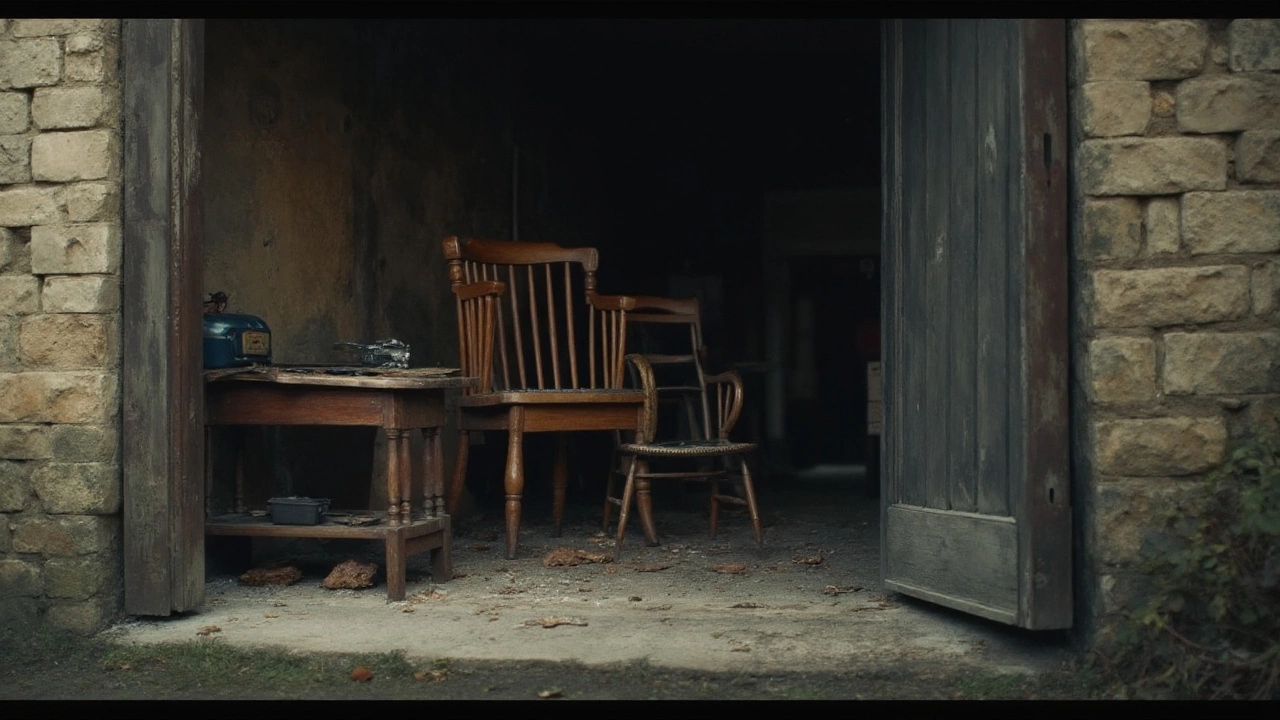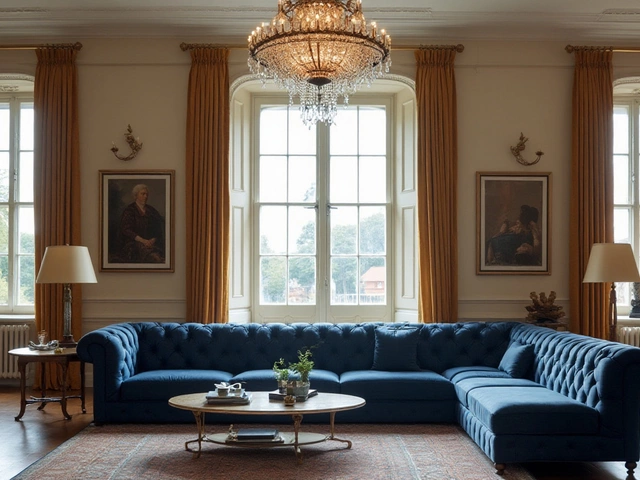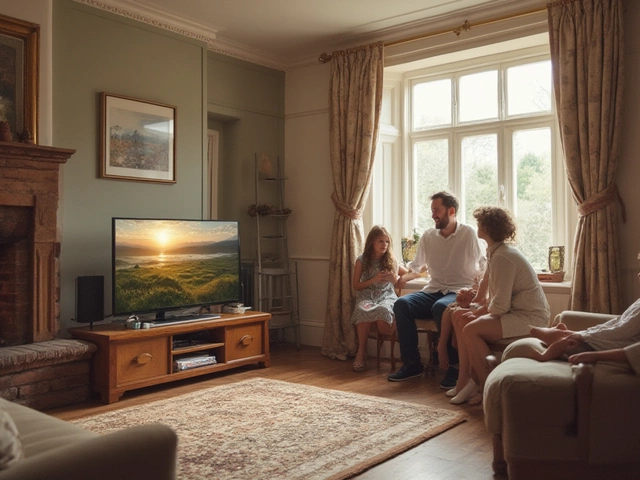Unheated Garage Storage: Real Ways to Protect Your Furniture
Ever wondered if you could stash a sofa or a wooden table in your garage and walk away confident it won’t warp or grow mold? The short answer is yes – if you follow a few common‑sense steps. The key is to treat a garage like a mini‑climate zone and give your pieces the support they need.
Control Temperature and Moisture
UK garages can swing from freezing winters to warm summers. Those temperature changes push moisture in and out of wood, causing expansion, cracks, and even rot. First, check the average temperature range in your garage. If it regularly drops below 0°C, think about adding a simple insulated panel or a portable heater for the coldest weeks. Even a thin foam board on one wall can keep cold spots from hitting the floor.
Moisture is the real enemy. Place a moisture‑absorbing mat or a tray of silica packets under each item. Plastic sheets are great for keeping ground dampness away, but avoid sealing furniture in airtight bags – they need to breathe. A breathable cotton or muslin cover stops dust while still allowing air flow.
Physical Protection and Placement
Never set furniture directly on concrete. The floor stays cold and can pull moisture up into the legs. Use cheap pallet sheets, rubber mats, or sturdy wooden sleepers to lift items at least a few inches off the ground. This also makes cleaning easier, because any spills won’t soak into the floor and then into your furniture.
For wooden pieces, wrap the legs in furniture pads or old towels. This cushions against accidental bumps and adds a layer of insulation. For fabric sofas, give them a fitted slipcover made of canvas or heavy linen. Avoid plastic covers that trap humidity and cause mildew.
If you have a long‑term storage plan (more than a few months), consider rotating the pieces every few weeks. Shift a table a few inches, flip a couch cushion, or swap the side you’re leaning against. Small movements prevent one side from staying in constant contact with a cold spot.
Some furniture handles garage conditions better than others. Metal frames, engineered wood, and high‑density foam are more tolerant of temperature swings than solid oak or cheap particle board. When buying new pieces for garage storage, ask your carpenter about moisture‑resistant finishes or treat the wood yourself with a clear marine varnish.
Finally, keep an eye on the garage’s overall condition. Seal any cracks in the walls, clear out debris that could hold water, and make sure the roof isn’t leaking. Even a tiny drip can create a damp environment that ruins your belongings.
Got a specific piece you’re not sure about? Our team at Crafted Furniture Solutions can recommend the right finish or protection method for your situation. Reach out and we’ll help you keep your garage storage safe, affordable, and hassle‑free.



